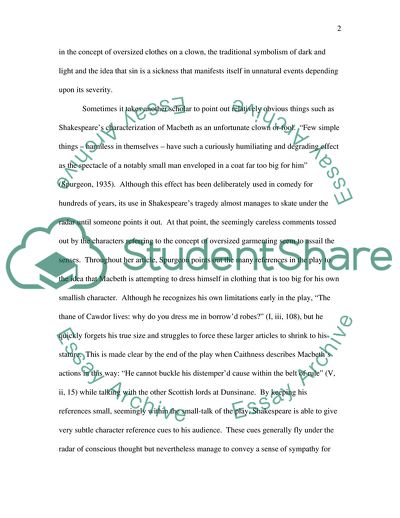The Story of a Scottish General Literature review Example | Topics and Well Written Essays - 1500 words - 1. https://studentshare.org/literature/1733448-macbeth
The Story of a Scottish General Literature Review Example | Topics and Well Written Essays - 1500 Words - 1. https://studentshare.org/literature/1733448-macbeth.


